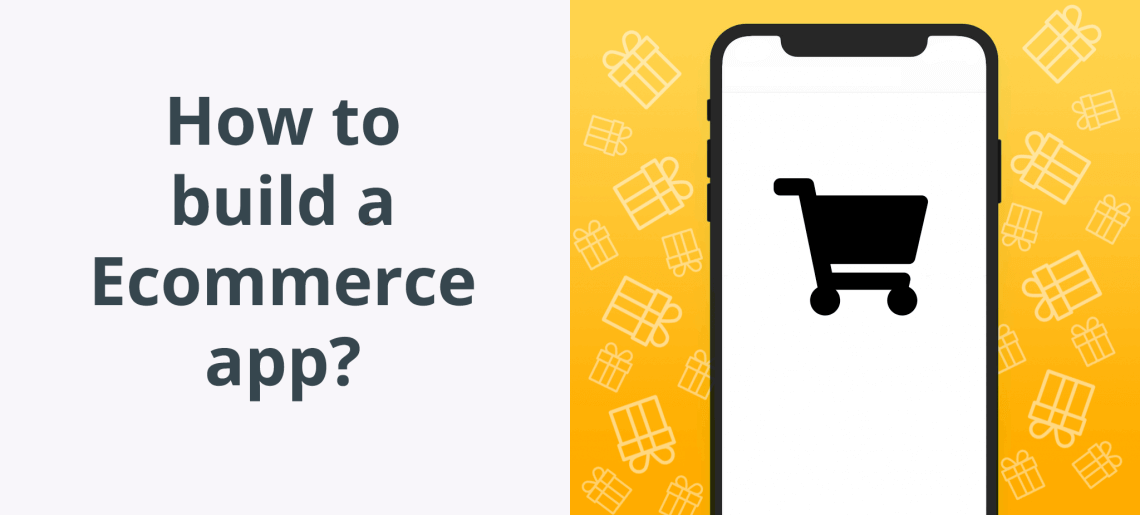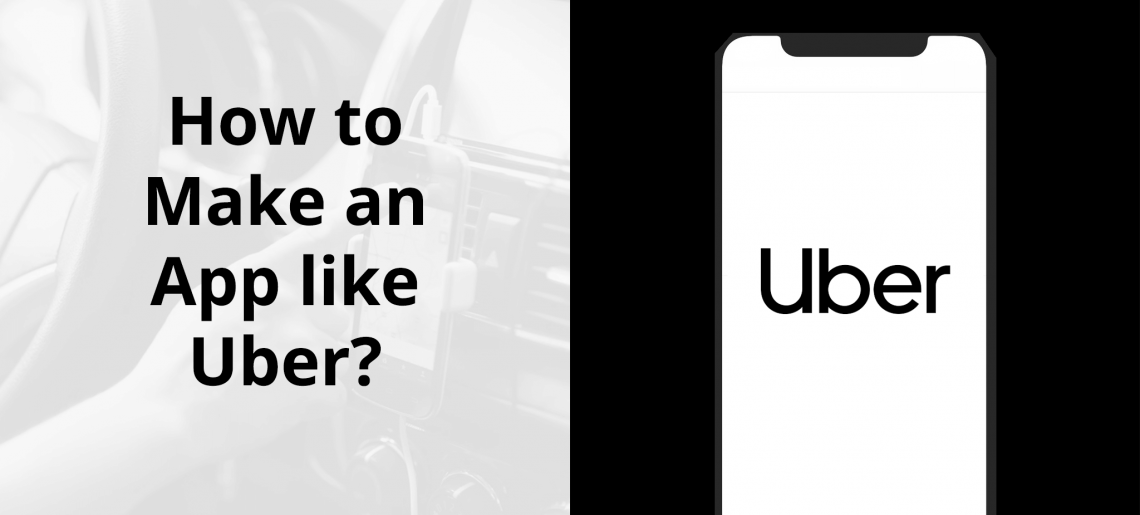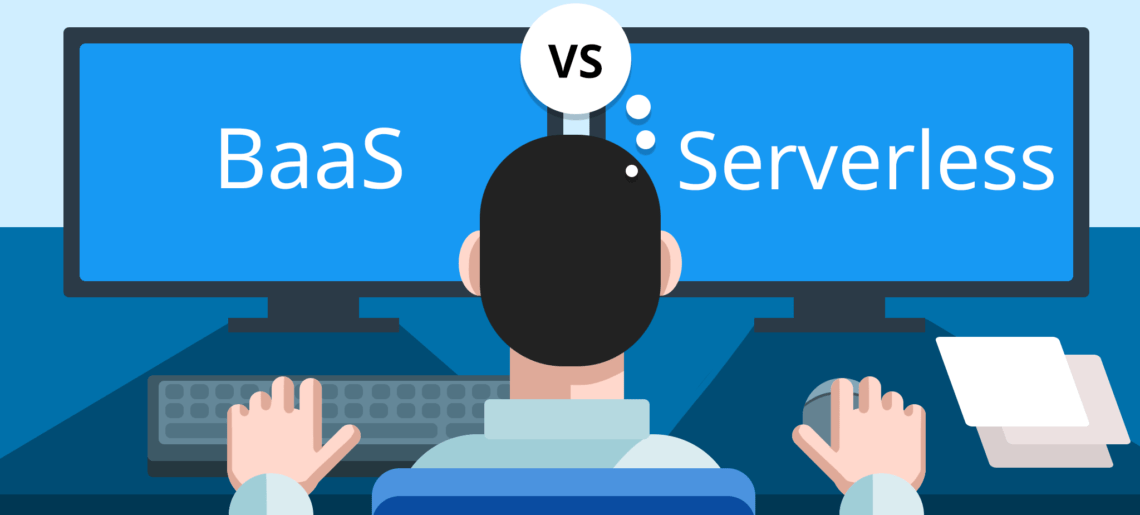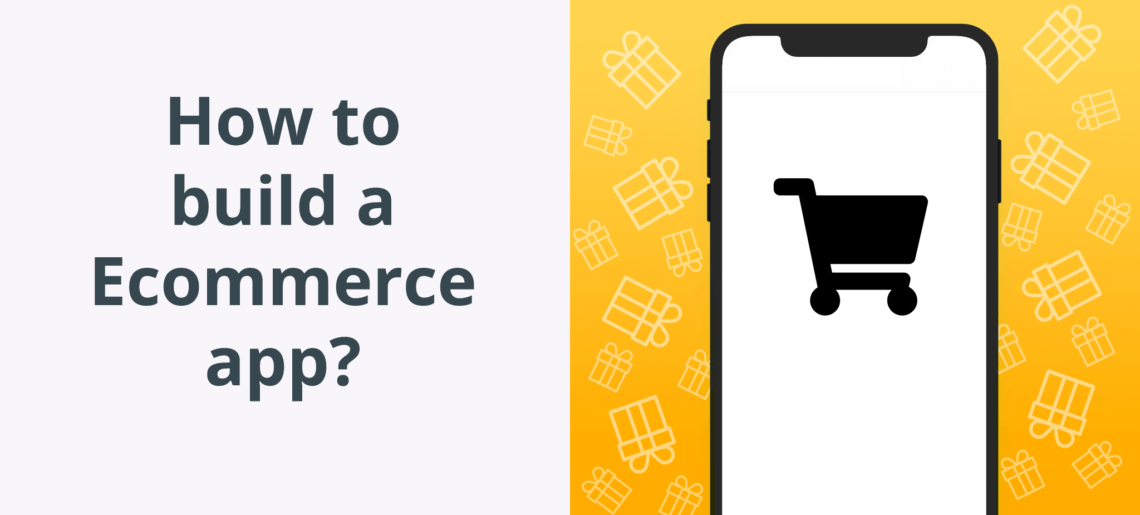Mobile Backend as a Service: How it works and the benefits
Mobile Backend as a Service, which also referred to as mBaaS for short, is becoming increasingly popular in recent times. The reason is not farfetched, this cloud-based technology reduces the hassles of mobile app development significantly. With this route, developers no longer need to mess up with backend coding to create mobile applications, the mBaaS provider takes care of that. So, app developers can focus on coding and maintaining the app frontend, saving time and money in the process.
Are you wondering how mBaaS works? Well, it’s not complicated. The mBaaS service provider already created software that handles most events that apps need from the server backend. Some of these functions include database, cloud storage, hosting, user authentication, push notifications, remote updates, and many more. So, developers using such platforms can focus on handling client-side logic and the app user interface. This results in a reduction in development costs, and the project timeline is scaled down extensively.
There are lots of mBaaS providers out there. So, you need to make due diligence to choose the one that works best for your app development objectives. Since there are many options, chances are high that you will find one that is perfect for you. Let’s take an in-depth look at the benefits of mBaaS.












